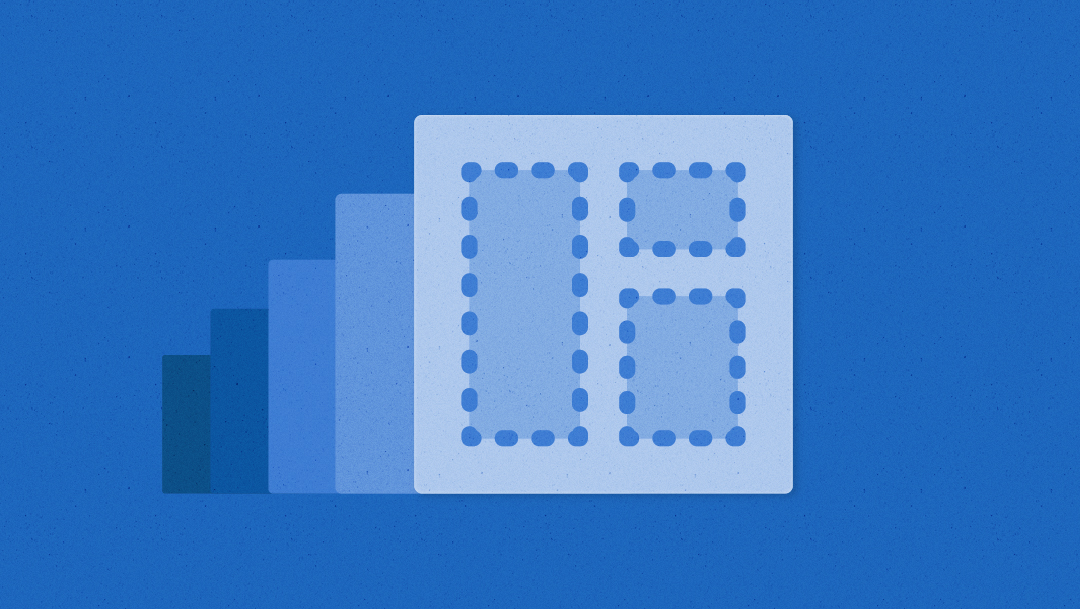It’s estimated that the average adult makes 35,000 decisions a day. Though many of these may seem inconsequential, making the right call at work can be a fraught prospect.
If you feel like you’re under pressure to make business decisions faster than ever before, you’re not alone. According to a Harvard Business Review report, 65% of managers say they face shrinking decision-making windows. And once a decision is made, three-quarters say they’re on the hook to achieve results in less time.
Related
Three Ways to Improve Executive Decision-Making
There’s good reason for businesses to push for speedy decision making. In a review of traits linked to organizational health, McKinsey researchers found that the majority of businesses that measured high for agility also ranked within the top quartile of overall business health. Agility is defined as speed of decision-making combined with stability, or having clear operating goals and metrics.
This new dynamic of work requires speedy, accurate decision making. So how can you make faster decisions more easily? Start by letting go of these three things that can get in the way of moving fast.
1. Distraction
In an era when it’s easier than ever to collect endless streams of business data, one might expect that ability of organizations to quickly make informed decisions would be vastly improved. But having too much data can actually be counterproductive, providing far more information than is necessary. At best, information overload can be distracting. At worst, it’s paralyzing.
How can organizations overcome the too-much-information trap? By refocusing the decision-making process around their strategic objectives. This means taking some time to tie your decision back to what you are ultimately looking to achieve, and determining which of the options at hand best supports that higher goal.
Related
How to Speed Up Your Decision-Making Process
The first step in refocusing is to explicitly identify the business purpose of the decision you are looking to make. Next, consider which metrics will determine whether your decision is a success. Once you have distilled the problem and your desired results, it will become clearer what information is essential to your decision-making process, and what data may be superfluous.
2. Perfectionism
Being overly fixated on getting all the details right is the antithesis of getting things done. Like distraction, perfectionism can be paralyzing. Decision-makers waste valuable time ruminating on perfect scenarios that don’t exist, instead of using the information available to home in on feasible solutions. Indeed, research has shown that perfectionism is linked to procrastination, as decision-makers overthink rather than act. Instead, try taking a three-step approach to cut loose from your inner stickler:
-
Put the decision in context. Though some business decisions may have larger or long-term ramifications, the vast majority of day-to-day decisions do not have everything riding on them, and should be treated accordingly. This doesn’t mean they don’t deserve an appropriate level of thought — it simply means that the amount of effort that you put into making a decision should match the outcome you expect to achieve.
-
Unlink your personal worth from your decision and its outcome. Making decisions that are “good enough” based on the time and information available, as well as the level of importance of the matter at hand isn’t a reflection of lesser abilities.
-
Set a deadline for making your decision and stick to it. Then, rather than continuing to obsess over an ideal solution, use the information you’ve already learned to make a decision that is acceptable, if not perfect.
3. Logic
If you’ve considered all of the information available to you and still can’t make a decision, there’s another powerful indicator worth heeding: your gut.
Intuition bridges the gap between the conscious and subconscious parts of your brain. In decision-making, the conscious is all of the information you are trying to use to come to a solution, while the subconscious is an accumulation of all of your previous experience, indirect knowledge, and other hidden factors that can provide helpful direction.
To better put your subconscious to work, creativity researchers recommend giving your brain a rest after a period of intensely focusing on a problem. Take a walk, sleep on it, or even shift to another task. This gives the brain some time to organize information and can often provide unexpected clarity.
Related
Today’s never-ending glut of data is undoubtedly a boon to decision-making. But if not properly managed, information overload can be a paralyzing force. To make faster decisions, it’s more important than ever that businesses zero in on the right information in order to avoid traps such as distraction, perfectionism and ignoring the power of intuition.
See how Cisco drives decisions by surfacing critical data in Smartsheet dashboards.




